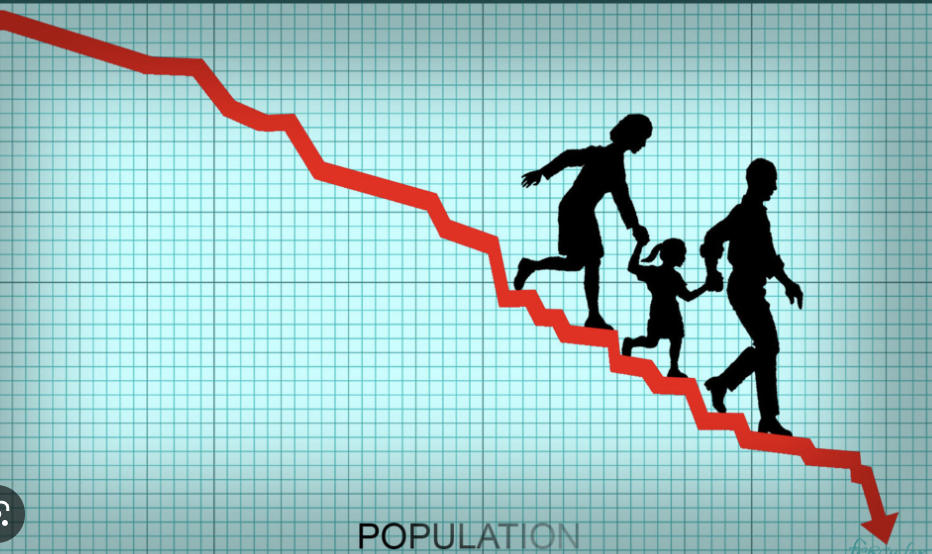Growthportunism: Resource-Responsive Multiplication Theory
When an organism perceives an environment of abundance, opportunity, or available space, it typically experiences a drive to expand its numbers and multiply. This feeling is often an instinctive response to favorable conditions that enable the organism to thrive, reproduce, and ensure the continuation of its species. The sensation can manifest differently across various organisms, but the underlying principle remains the same: seize the opportunity for growth and proliferation when resources are abundant.
In the context of animal behavior, this drive can be observed through increased mating and reproductive activities, a greater focus on nurturing offspring, and territorial expansion. For example, many species of birds and mammals will reproduce more frequently and raise larger broods when food is plentiful and their habitats are not overcrowded.
In the case of plants, favorable conditions such as ample sunlight, water, and nutrients will trigger increased growth, flowering, and seed production. This allows them to colonize new areas and outcompete other plants for resources.
Microorganisms, such as bacteria and fungi, will also multiply rapidly under favorable conditions, forming colonies that can quickly dominate their environment.
However, it is essential for organisms to balance their drive to expand and multiply with the need to maintain a stable population size and resource availability. Overpopulation can lead to the depletion of resources, increased competition, and a higher risk of disease transmission. This can ultimately lead to population crashes or declines in overall health and fitness.
To mitigate these risks, many organisms have evolved a variety of strategies to regulate their reproduction and population growth. Some animals, for example, have developed social structures that limit breeding opportunities to dominant individuals, while others adjust their reproductive output based on environmental cues, such as changes in food availability or the presence of predators.
Overall, the feeling of abundance and opportunity experienced by an organism is a natural response to favorable conditions, driving them to expand their numbers and multiply. This ensures the survival and continuation of their species. However, it is important for organisms to balance this drive with the need to maintain sustainable population sizes and avoid overexploiting their environment.
There isn’t a specific single word that describes the entire concept of an organism feeling abundance or opportunity and responding by expanding its numbers and multiplying. However, the term “fecundity” refers to the reproductive capacity of an organism or its potential to produce offspring. Fecundity is often influenced by environmental factors such as resource availability and habitat quality, which can impact an organism’s ability and drive to reproduce.
In ecology, the concept of “carrying capacity” is used to describe the maximum population size of a species that an environment can sustain indefinitely, given the available resources. When resources are abundant, populations can grow and approach the carrying capacity, while scarcity of resources can lead to population decline.
While these terms don’t encompass the entire concept of feeling abundance or opportunity and responding by multiplying, they do touch on aspects of the phenomenon in the context of ecology and biology.
